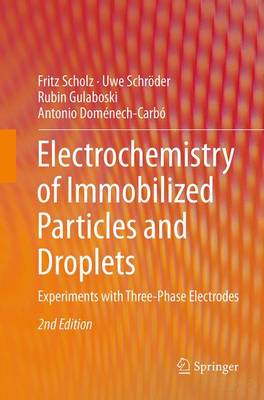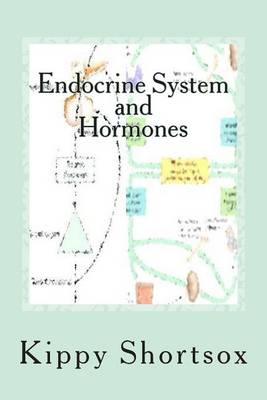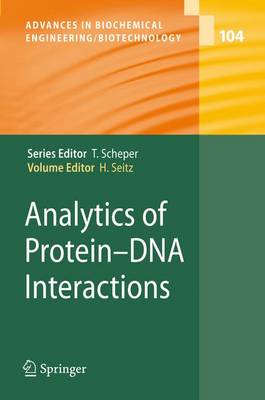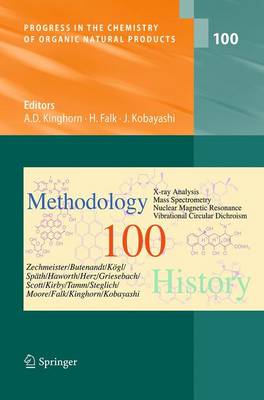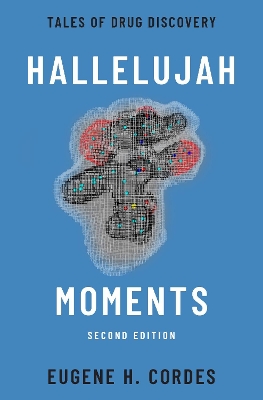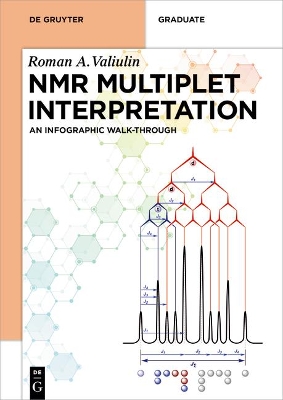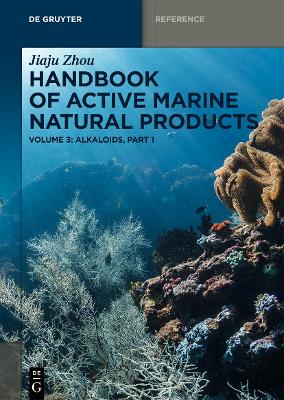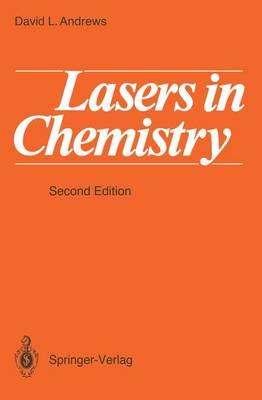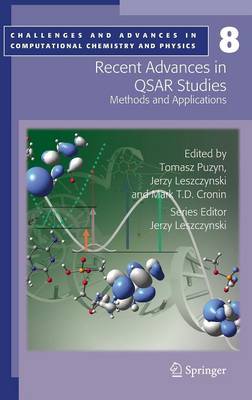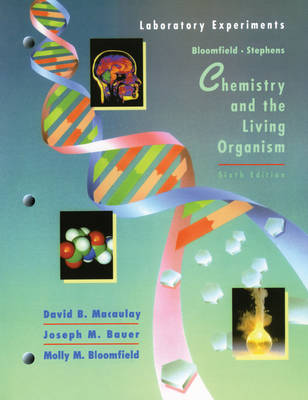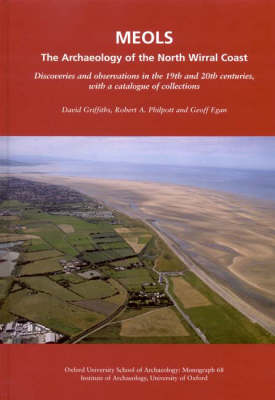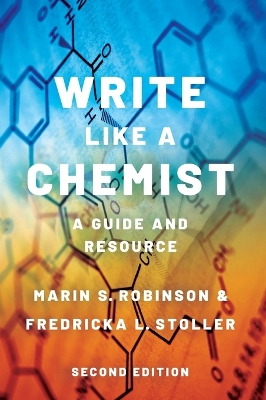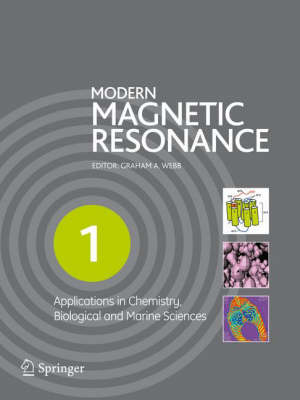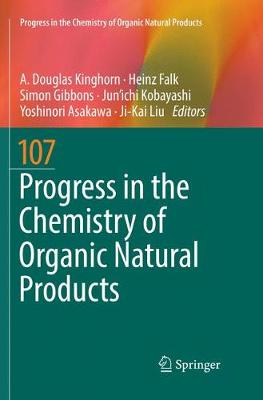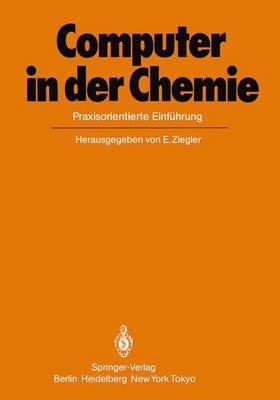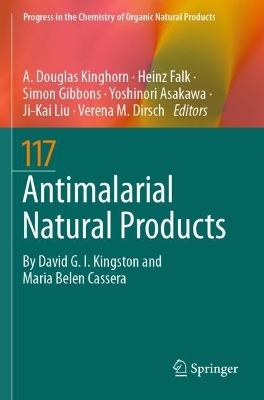Laboratory Health and Safety Handbook
by R.Scott Stricoff and Douglas B. Walters
A comprehensive review of the components of a laboratory health and safety program is provided by this guide, which is applicable to commercial and academic chemical laboratories. It specifically describes how each of these components fits into a chemical hygiene plan required under OSHA's new Laboratory Use of Toxic Substances standard.
The developments in information technology in the last decades of the 20th century have fundamentally changed the way in which scientific information is being communicated and used. A scientific discipline where the impact of these changes has been particularly significant is (bio)chemistry. Up to less than 25 years ago, molecular modeling was a hardly-existent computational chemistry niche, only practiced at those few institutes that could afford the very expensive specialised hardware. Also ra...
Chemical Sensor Technology, Volume 4 (Chemical Sensor Technology)
This volume is the fourth in a series of annual reviews on progress in the research and technology, both basic and applied, of chemical sensors. New principles, new devices, and the detailed mechanism of various chemical sensors are described. Chemical sensors continue to grow rapidly in importance encompassing a broad spectrum of technologies covering safety, pollution, fuel economy, medical engineering and industrial processes. More than half the papers in this volume are relevant to biosensin...
Electrochemistry of Immobilized Particles and Droplets
by Fritz Scholz, Uwe Schroeder, Rubin Gulaboski, and Antonio Domenech-Carbo
This second edition of a successful and highly-accessed monograph has been extended by more than 100 pages. It includes an enlarged coverage of applications for materials characterization and analysis. Also a more detailed description of strategies for determining free energies of ion transfer between miscible liquids is provided. This is now possible with a "third-phase strategy" which the authors explain from theoretical and practical points of view. The book is still the only one detailing st...
Analytics of Protein-DNA Interactions (Advances in Biochemical Engineering/Biotechnology, #104)
by Harald Seitz
This book covers trends in modern biotechnology. All aspects of this interdisciplinary technology, where knowledge, methods and expertise are required from chemistry, biochemistry, microbiology, genetics, chemical engineering and computer science, are treated. More information as well as the electronic version is available at springer.com.
Polymer Therapeutics I (Advances in Polymer Science, #192)
The volumes of this classic series, now referred to simply as "Zechmeister" after its founder, L. Zechmeister, have appeared under the Springer Imprint ever since the series' inauguration in 1938. It is therefore not really surprising to find out that the list of contributing authors, who were awarded a Nobel Prize, is quite long: Kurt Alder, Derek H.R. Barton, George Wells Beadle, Dorothy Crowfoot-Hodgkin, Otto Diels, Hans von Euler-Chelpin, Paul Karrer, Luis Federico Leloir, Linus Pauling, Vla...
The discovery of novel drugs that fill unmet medical needs is important for the health and well-being of people everywhere. However, the general public knows too little about the pathways through which basic research discoveries are translated into products that protect or restore human health. In the second edition of Hallelujah Moments, Eugene H. Cordes reveals the processes and pitfalls on the route from the laboratory bench to the bedside. These are adventure stories in which wit and grit cr...
A visual guide for the interpretation of complex 1H-NMR spectra with a concise and illustrative practice problems section. This book is an easy-to-grasp source for (organic) chemists and students that want to understand and practice NMR spectroscopy.
This 8-volume set provides a systematic description on 8,350 active marine natural products from 3,025 various kinds of marine organisms. The diversity of structures, biological resources and pharmacological activities are discussed in detail. Molecular structural classification system with 264 structural types are developed as well. The 3rd volume mainly illustrates the molecular formula and structures of alkaloids. .
The electrophoresis techniques are used in medicine, biochemistry, analytical chemistry, and biology to separate soluble and insoluble proteins, nucleic acids, chromosomes, viruses, as well as lysosomes, mitochondria, ribosomes and other cell organelles, red cells, tissue cells, and parasites. This book provides a view over the old electrophoresis techniques, as well as the recent developments in electrophoresis. Electrophoresis Fundamentals is based on the recent book Electrophoresis: Theory...
During the three years since the publication of the first edition many applications of lasers in Chemistry have moved across the boundary from academic laboratories to routine instrumental analysis, laser mass spectrometry for instance. New photochemical techniques have been developed for the study of molecules, e.g. ultrafast spectroscopy. In keeping with his successfull concept, the author has retained a balance between coverage of more widely used laser methods and new developments.
Blood Science is a relatively new discipline which merges biochemistry, haematology, immunology, transfusion science and genetics. This bringing together of traditional disciplines requires a corresponding change in education and training for healthcare scientists and Blood Science: Principles and Pathology is written in response to this emerging need. An introduction to the subject and an overview of the techniques used in blood science are followed by a series of chapters based on groups of an...
Recent Advances in QSAR Studies (Challenges and Advances in Computational Chemistry and Physics, #8)
Since the inception of this volume, the world's nancial climate has radically changed. Theemphasishasshiftedfromboomingeconomiesandeconomicgrowth totherealityofrecessionanddiminishingoutlook. Witheconomicdownturncomes opportunity,inallareasofchemistryfromresearchanddevelopmentthroughto productregistrationandriskassessment,replacementsarebeingsoughtforcostly time-consumingprocesses. Leadingamongstthereplacementsaremodelswithtrue predictivecapability. Ofthesecomputationalmodelsarepreferred. This v...
Chemistry and the Living Organism
by Lawrence J. Stephens and Molly M. Bloomfield
The latest version of this popular textbook updates the content and format of previous editions to make it more appealing to students and more useful to instructors. Concentrates on the relationship between basic chemical concepts and the chemistry of living organisms. Delves into such topical issues as alcoholism, radiation therapy, and effects of food chemicals on the brain. This edition features a STEP problem solving strategy which provides a consistent method to solve all problems in the bo...
Meols
Meols, on the north coast of the Wirral Peninsula (north-west England), is one of Britain's richest and most fascinating archaeological landscapes. As a low sandy promontory known as Dove Point was gradually destroyed by the sea during the 19th century, the remains of ancient settlement sites were exposed along the foreshore and in the sand-dunes near the water's edge. Thousands of artefacts from the prehistoric, Roman, medieval and post-medieval periods were picked up from the eroding coastline...
Write Like a Chemist: A Guide and Resource focuses on four types of writing that are common in chemistry: the journal article, conference abstract, scientific poster, and research proposal. Users of the book will learn to write through a host of exercises, ranging in difficulty from correcting single words and sentences to writing professional-quality papers, abstracts, posters, and proposals. This second edition of Write Like a Chemist has been updated to include new excerpts from the primar...
Modern Magnetic Resonance
A comprehensive collection of the applications of Nuclear Magnetic Resonance (NMR), Magnetic Resonance Imaging (MRI) and Electron-Spin Resonance (ESR). Covers the wide ranging disciplines in which these techniques are used:* Chemistry;* Biological Sciences;* Pharmaceutical Sciences;* Medical uses;* Marine Science;* Materials Science;* Food Science. Illustrates many techniques through the applications described, e.g.:* High resolution solid and liquid state NMR;* Low resolution NMR, especially im...
The first review describes examples of very promising compounds discovered from plants acquired from Africa, Southeast Asia, the Americas, and the Caribbean region with potential anticancer activity. These include plant secondary metabolites of the diphyllin lignan, penta[b]benzofuran, triterpenoid, and tropane alkaloid types. The second review presents 40 more erythrinan alkaloids, which were either new or were missed out in the last major reviews, bringing to a total of 154 known erythrinan...
This volume comprises three reviews. The first describes isolation, structure determination, syntheses, and biochemistry of the low molecular weight compounds of the secretion of exocrine glands of termies with emphasis to pheromones and defensive compounds. The second review describes recent studies on isolation and structure elucidation of bioactive compounds involved in the life cycle and determination of the molecular mechanisms of the developmental events observed in higher plants. The thir...
Computer in der Chemie
1907-66: 3'791'519 1967-71: 1'314'655 (8. Sammelregister) 6'418'796 1972-76: 1'772'194 (9. Sammelregister) { online 1977 -81: 2'201'680 (10. Sammelregister) 1982- : 1'130'267 (bis Bd. 100; 30. 6. 84) Seit 1965 hat CAS 6'699'392 verschiedene chemische Verbindungen registriert (Stand: 30. 6. 84); dazu kommen noch ca. 1,5 Mill. Verbindungen, die vor 1965 in der Literatur erschienen sind und z. Z. maschinell erfaßt werden [6]. Wie kann man nun diese Informationsmengen noch mit vertretbarem Auf wand...
Antimalarial Natural Products (Progress in the Chemistry of Organic Natural Products, #117)
This volume begins with a short history of malaria and follows with a summary of its biology. It then traces the fascinating history of the discovery of quinine for malaria treatment, and then describes quinine’s biosynthesis, its mechanism of action, and its clinical use, concluding with a discussion of synthetic antimalarial agents based on quinine’s structure. It also covers the discovery of artemisinin and its development as the source of the most effective current antimalarial drug, includi...



